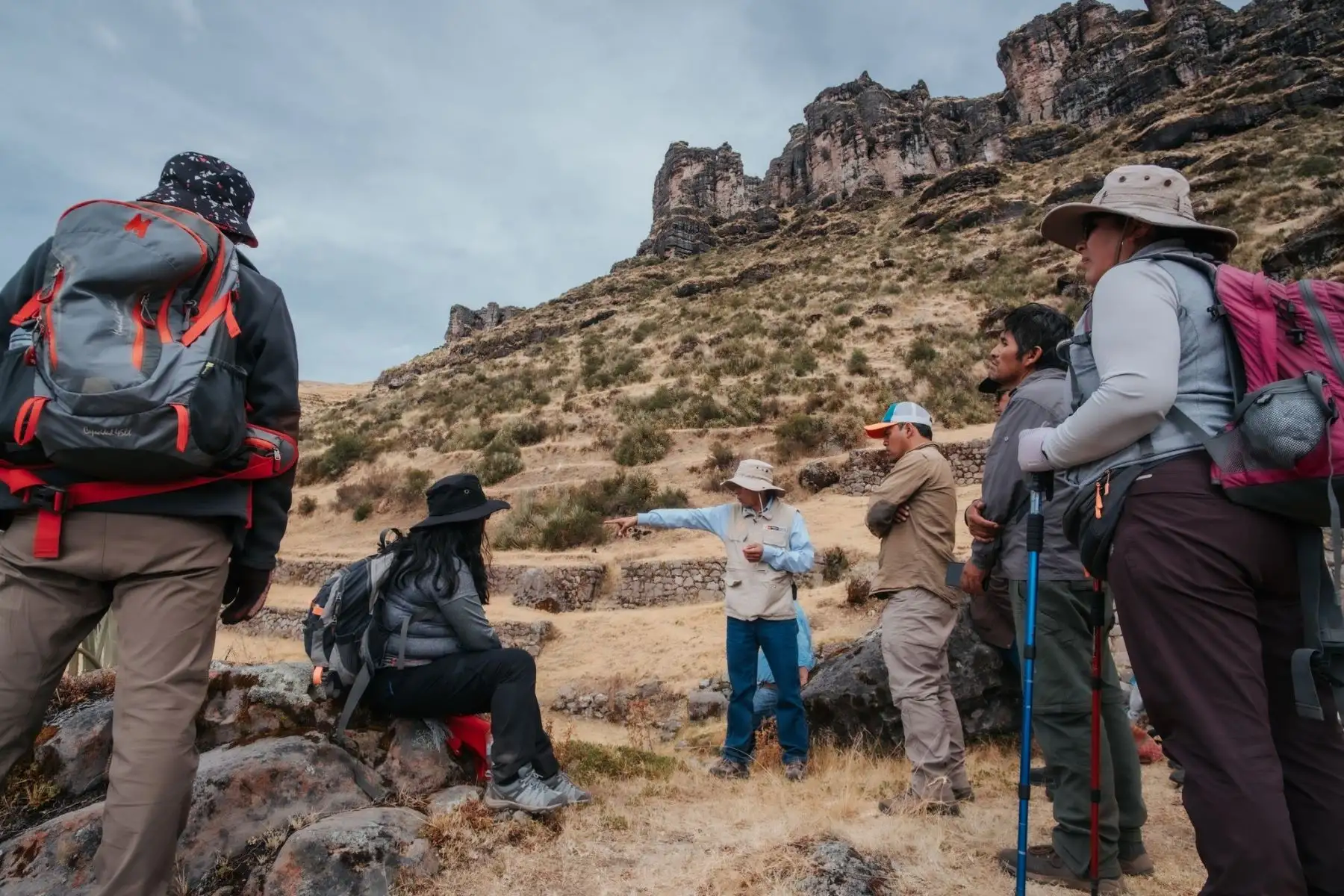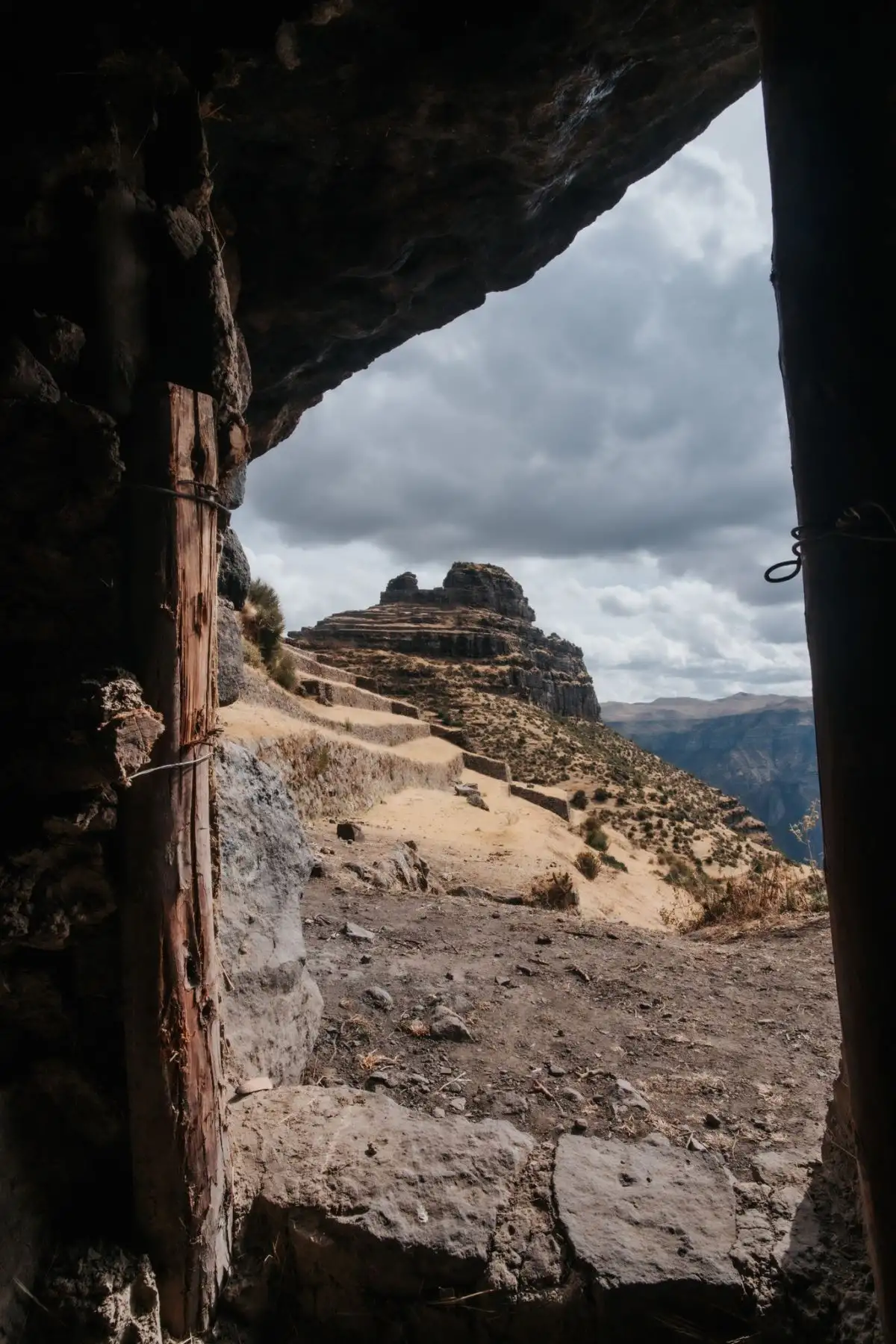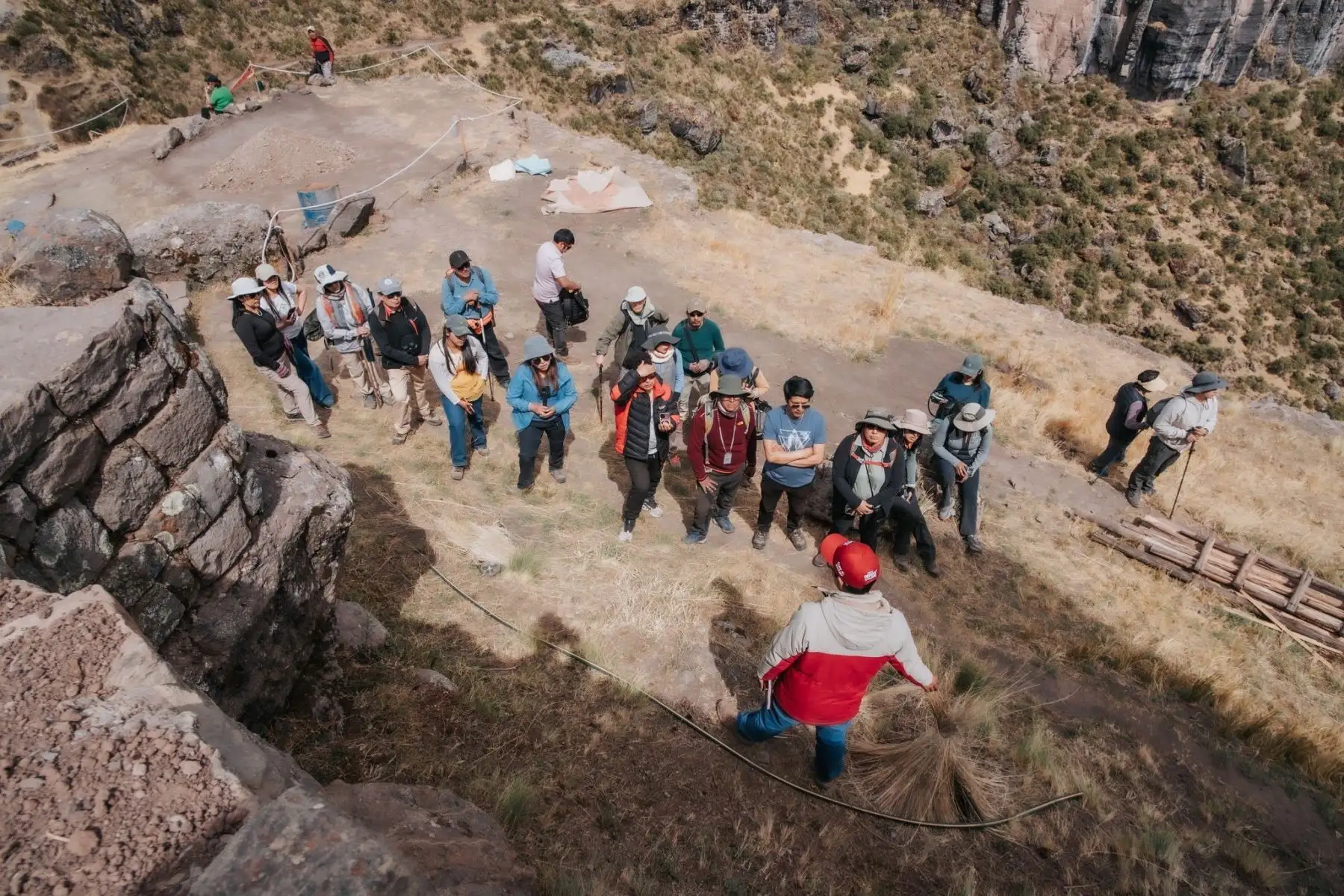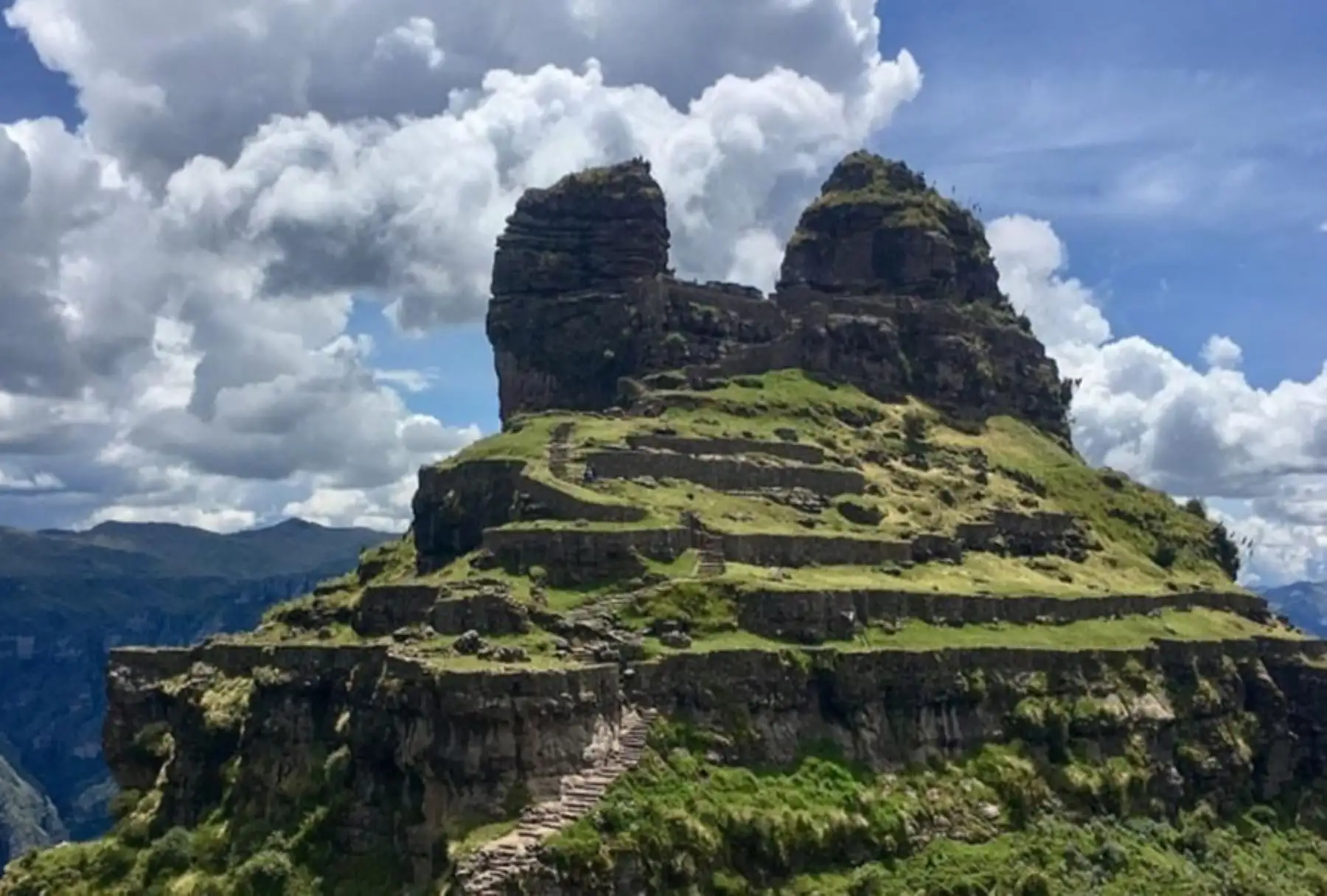Placed atop the rugged Andes of Huayqui in the province of Acomayo, Cusco (about 1,100 km southeast of Lima), the twin rock peaks of Waqrapukara —meaning "Horn Fortress" in Quechua— rise nearly 4,300 meters above sea level, emerge as Cusco's new tourist gem.
This mystical site, rooted in both pre-Inca and Inca civilizations, is fast becoming one of Peru’s most captivating archaeological destinations.
After challenging years marked by the pandemic and social unrest, Waqrapukara has regained prominence as local and regional authorities promote sustainable tourism along the Acos–Huayqui–Campi–Waqrapukara route.
The initiative, supported by the Regional Directorate of Foreign Trade and Tourism (Gercetur Cusco) and local municipalities, seeks to highlight the site’s cultural, spiritual, and natural richness.

During a recent familiarization trip titled Integral Interpretation of Waqrapukara, local guides and tourism operators witnessed firsthand the area’s vast potential for responsible and high-quality tourism that benefits nearby communities.
Fortress with sacred origins
Archaeological evidence suggests that Waqrapukara —also known locally as Llamapukara or Wakapukara— was a religious center devoted to Wiracocha, the supreme creator god of the Andes.
Originally inhabited by the Qanchi people, the site was later integrated into the Inca Empire after a period of resistance.
The complex features a ceremonial plaza, double- and triple-jamb stone doorways typical of Inca temples, a massive cave known as a paqarina (believed to be an origin site), and intricately carved rock structures aligned with celestial events.
"Temples with triple jambs were dedicated to Wiracocha, while those with double jambs were for lesser deities like the Sun," explained tourism specialist Mirian Ramírez Candia of Huayqui.

Routes through the Andes
The most accessible route to Waqrapukara begins along the Puno–Cusco highway, entering through the Chuquicahuana Bridge toward Acomayo. From the community of Campi, travelers can visit several scenic points —including Wayracpunku, Cruz Mocco, and Wakachawana Pampa— before reaching the final trail to the fortress.
Along the way, visitors encounter ancient rock paintings at Chaupipillo, viewpoints overlooking the Apurímac Canyon, and, at sunset, spectacular views where the sun aligns perfectly between Waqrapukara’s twin horns.
Archaeologists have also identified ceremonial fountains, agricultural terraces, and Inca-era dwellings in the surrounding valleys.

Another route starts from Acos, known for its Colonial Church of San Miguel Arcángel, featuring Mudejar-inspired wooden ceilings. Nearby attractions include Huaro Hacienda House, offering community-based tourism, and the Thermal Baths of Wispan, where water flows hot at dawn and cold by mid-morning.
Additional routes connect through Sangarará, Pitumarca, Chosecani, and Santa Lucía, while new trails from Pillpinto and Rondocan (Paruro Province) link Waqrapukara to the archaeological complex of Mauk’allaqta and condor-watching sites in Corma.
Myths and legends of the Horned Fortress
Local oral traditions continue to enrich the site’s mystique. One popular legend tells of a poor farmer who, after losing his only cow, prayed to the mountain spirits (Apus) inside the Paqarina cave.
In a dream, a divine messenger granted him two golden corncobs (choclos de oro) as a reward for his devotion, a story passed down through generations as a symbol of faith and humility.

Sustainable tourism
According to William Quispe, a specialist from Gercetur Cusco, visitor numbers have surged in 2025. "In January, we received only a handful of visitors, but by May the number exceeded 600, and weekends now see over 100 daily," he said.
Waqrapukara has gained international exposure at major tourism fairs in Buenos Aires, São Paulo, and Lima, positioning it as a promising alternative to Machu Picchu and the Sacred Valley of the Incas.
Gercetur officials are working on projects to improve infrastructure, signage, parking, and visitor facilities along the main routes.
"Tourism here is growing exponentially," highlighted Rosendo Baca Palomino, Gercetur’s regional director.
"Waqrapukara is a majestic fortress — historically, culturally, and spiritually — and it’s destined to become one of Cusco’s most important destinations.", he added.
Fact box
Waqrapukara was declared a Cultural Heritage of the Nation on July 19, 2017, by Peru’s Vice Ministry of Cultural Heritage.
Rising above the community of Huayqui at nearly 4,300 meters above sea level, the site stands as an exceptional testimony to pre-Inca and Inca civilization. Its name, which means horn-shaped fortress in Quechua, reflects the striking rock formations that crown its summit.
The site served both as a ceremonial and astronomical center, where offerings were made to the god Wiracocha, and where ancient Andean peoples observed the movement of the sun and stars.
Today, it continues to attract growing numbers of travelers seeking a deeper connection with Peru’s ancestral landscapes and living traditions.